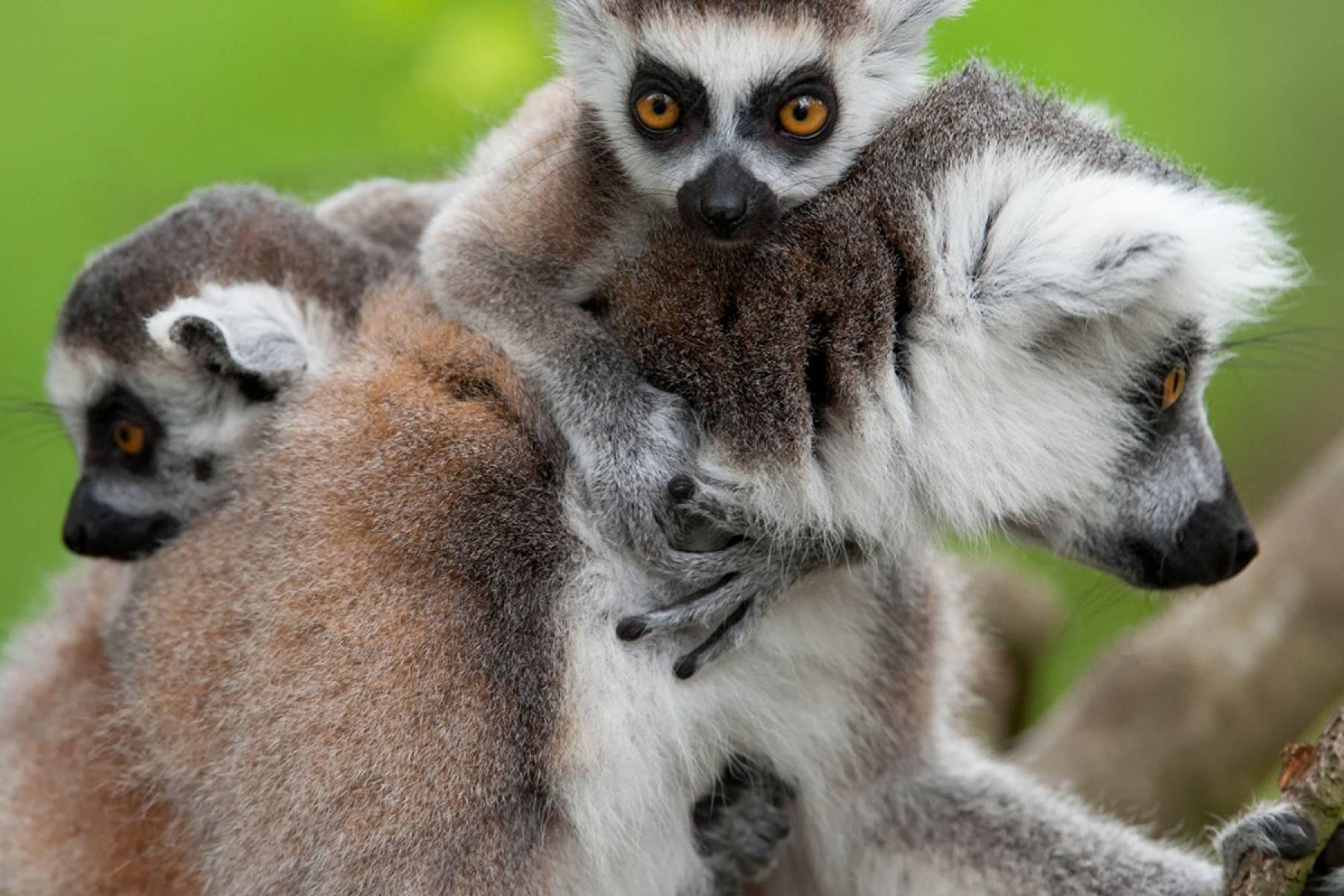- Spotting a ring-tailed lemur or aye-aye on a trek through the rainforest.
- Snapping a photo of Madagascar’s incredible baobab trees that look like something Dr. Seuss would dream up.
- Catching a chameleon in the act of changing colors in its natural habitat, under the watchful eye of an expert guide.
- Searching for rare fluorescent frogs and geckos on night walks from your lodge.
- Watching for whales and dolphins off the coastlines.
- Staying in secluded jungle lodges either in national parks or private reserves, some reached only by airplane
- Relaxing on a beach or snorkeling in Nosy Be, the largest of Madagascar’s offshore islands, known as the “perfume island.”
- Taking an excursion to Nosy Komba, an island near Nosy Be, to see black lemurs.
- Visiting a bustling market in Antananarivo, Madagascar’s capital city.

Best Things to Do in Madagascar
Icons & Hidden Gem Travel ExperiencesTop Madagascar Experiences
Unlock Community Benefits
Travel better together
- Save favorite trips and itineraries
- Get insider insights
- Receive personalized recommendations
- ... and much more
Things to do in Madagascar - Expert's guide
It is 2019, and it is time to turn over a new leaf. And there's no place better to do this than Madagascar, especially because most of its plant species are endemic to just this region. Whether it is Madagascar's spiny or tropical forests, every animal or plant species you come across will be unlike anything you've ever seen before. Before you plan your trip to Madagascar in 2019, here is a list of top attractions and landmarks in Madagascar.
1. Ranomafana National Park
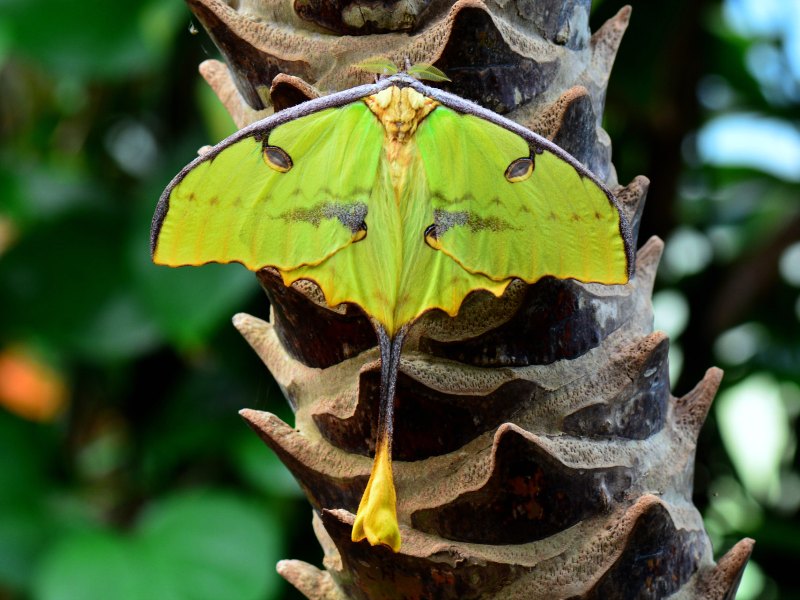
Located in the southeastern part of Madagascar, Ranomafana National Park is known for its lush tropical rainforests. It is part of the UNESCO World Heritage Site Rainforests of the Atsinanana. Ranomafana National Park protects numerous plant and animal species that only live in Madagascar including the critically endangered golden bamboo lemur. Popular activities within the park include nocturnal and daytime walks through the forests.
2. Nosy Be Island
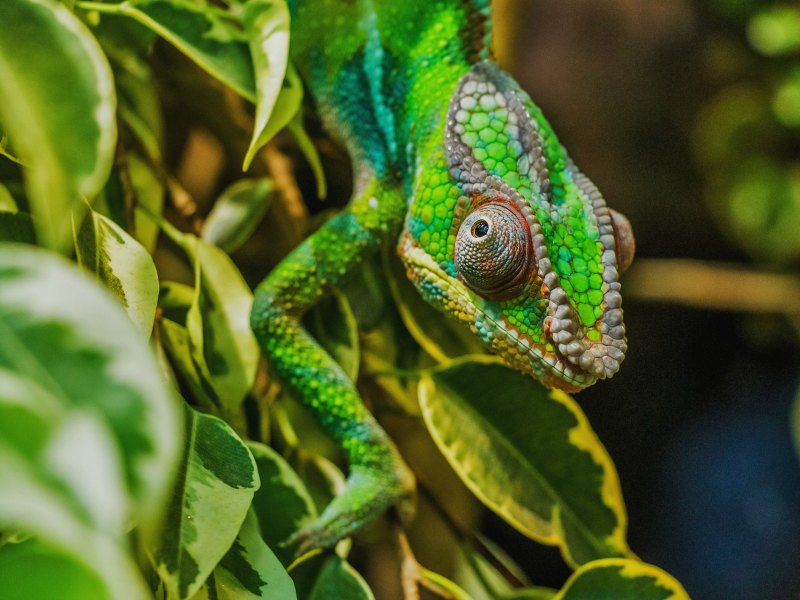
Nosy Be Island is located on Mozambique Channel, off the coast of northern Madagascar. It is the most popular island resort in Madagascar and for good reason. Its warm crystal blue waters and white sandy beaches make every image of this island postcard worthy. Lokobe Reserve is located on the island as well as eleven crater lakes. Popular activities on the island include, snorkeling, scuba diving, whale watching, swimming, and hiking.
3. Isalo National Park
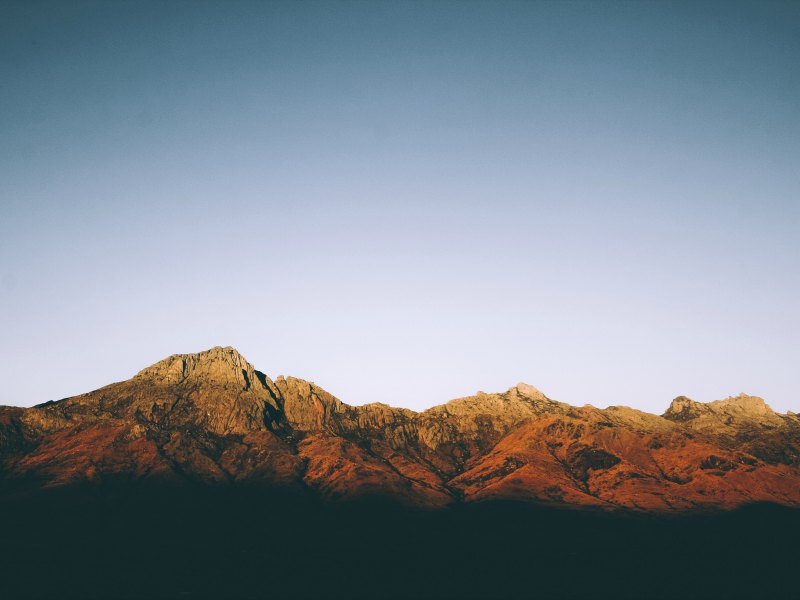
Arguably the most popular national park in Madagascar, Isalo National Park is located in the southwest part of the country. The park covers multiple terrains. Within the park, you can find limestone formations, caves, waterfalls, canyons, grasslands, and unique vegetation that covers this dry climate. Notable attractions in this park include the Canyon des Singes, Piscine naturelle, eroded rock formations, and Canyon des Makis. Isalo National Park exhibits just how diverse and beautiful Madagascar’s terrain is.
4.The Royal Hill of Ambohimanga
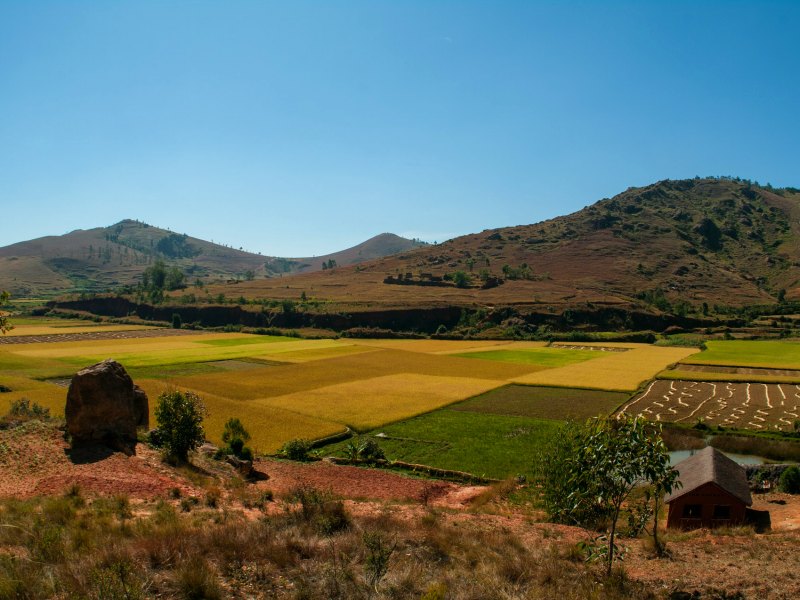
Although Madagascar is most known for its natural scenery, the Royal Hill of Ambohimanga shows the Malagasy people’s deep-rooted culture and history. This fortified royal structure is located on one of the twelve sacred hills of Imerina. The Royal Hill of Ambohimanga includes a royal burial site, pavilions, and designated places set aside for ritual practices. The indigenous people of Madagascar hold this site to the highest regard as a representation of their identity.
5. Île Sainte-Marie Island
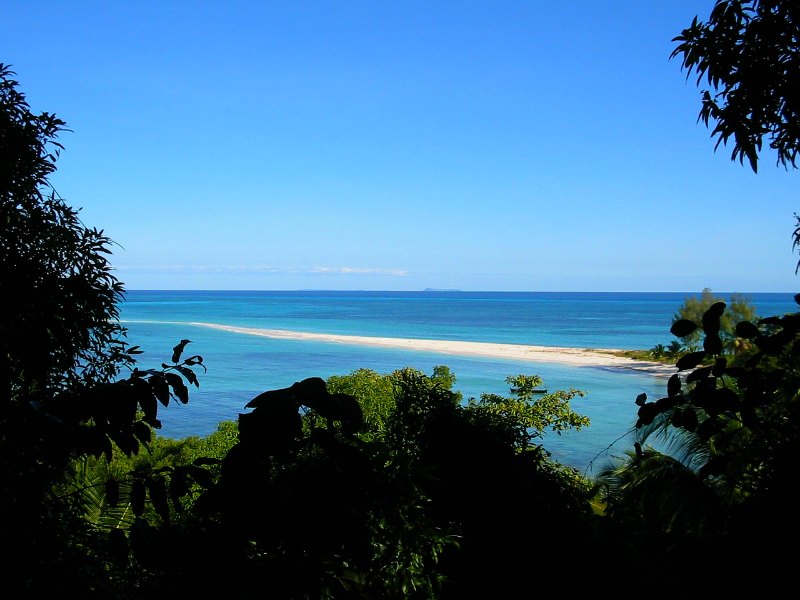
Île Sainte-Marie Island is a small tropical island located off the eastern coast of Madagascar. The island’s storybook past borders between fact and fiction. A common occurrence when pirates are the topic of conversation. During the 17th and 18th history, pirates used this island as a pit stop due to its quiet waters. Today, you can even visit a pirate cemetery. Other activities include seasonal whale watching, snorkeling, swimming, hiking, and boating.
6. Tsingy de Bemaraha National Park
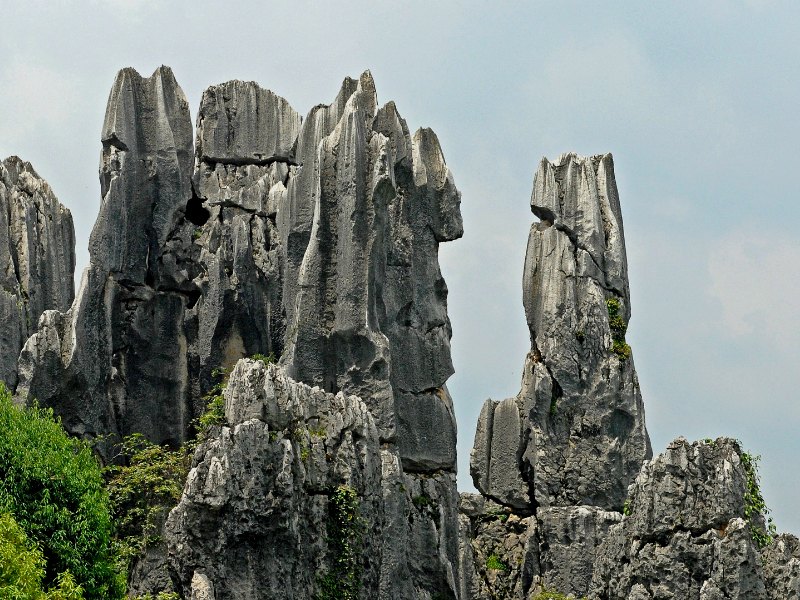
Tsingy de Bemaraha National Park is located in the western region of Madagascar. The park’s prehistoric limestone forests look otherworldly with its rigid edges. Due to heavy rains causing unsafe conditions for travelers, the park is only open during dry season (April-November). Contrary to its unhabitable appearance, the site harbors numerous animal species. For those brave enough, the big Tsingy offers hanging bridges across these pointed limestone formation. A visit here is truly unlike anything you’ve ever seen.
7. Amber Mountain National Park
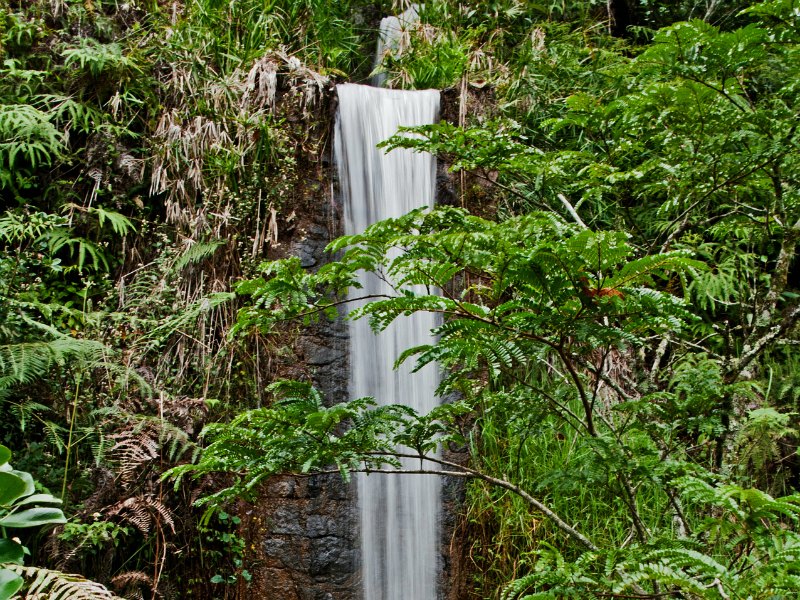
Amber Mountain National Park is known for its profound diversity of animal and plant species. It is located in the northern part of Madagascar and is mostly encompassed by montane rainforests. Hikes through this park exhibit the site’s beautiful waterfalls and crater lakes. It also has over 75 species of birds, 25 species of mammals, and 60 species of reptiles. Compared to the other parks, Amber Mountain National Park is relatively accessible making it a good spot to visit.
8. Avenue of the Baobabs
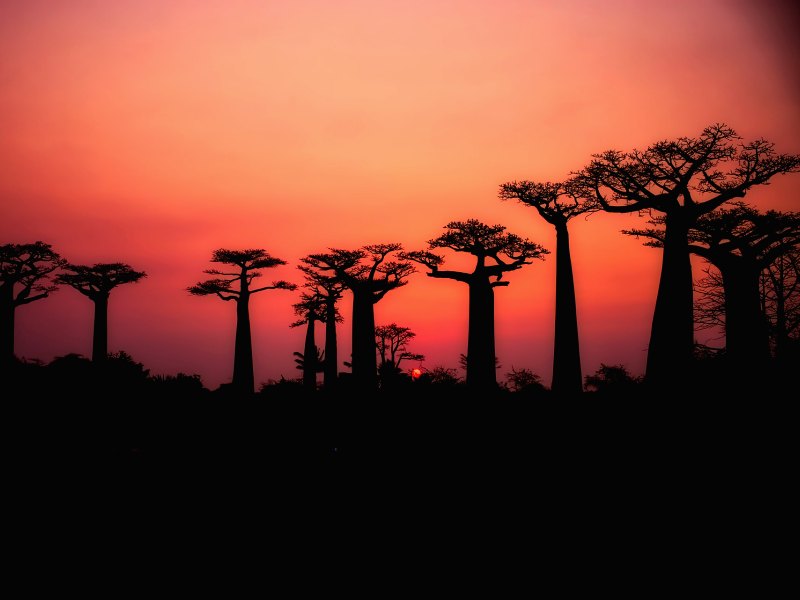
Located in western part of Madagascar, the Avenue of the Baobabs is a display of Baobabs that surround a dirt road. These trees are nearly 800 years old and are an indigenous species to Madagascar. Baobabs are also an endangered species and numerous conservation efforts being made in order to preserve them. They offer food and refuge for several species of insects and animals. These bizarre and beautiful trees also have been the subject of many local folktales. The Avenue of the Baobabs is a must-see for anyone visiting Madagascar. Its majestic presence is utterly mystifying.
9. Andasibe-Mantadia National Park
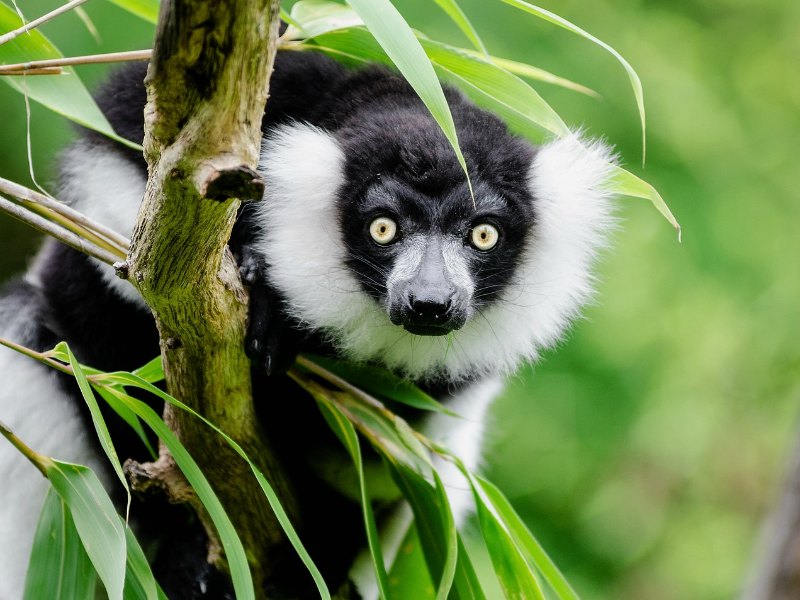
Andasibe-Mantadia National Park is located on the eastern side of Madagascar and is easily assessable. This primary forest is known for its biodiversity and heavy rainfall. It rains over 200 days a year here. The call of the Indri is practically the park’s theme song. The Indri is the largest species of lemur. It is critically endangered and cannot live in captivity which is why the preservation of this park is so important. The park also offers the beautiful lush forest where numerous indigenous species dwell.
10. Marojejy National Park
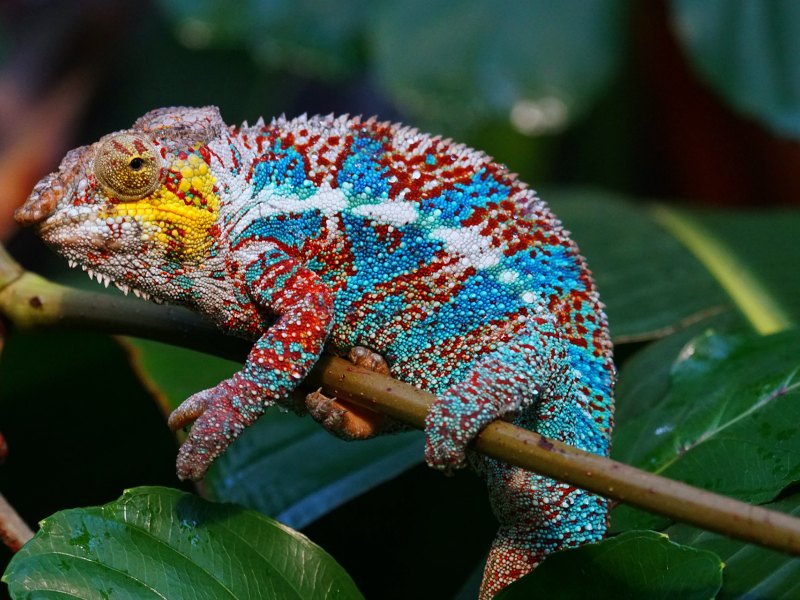
Located near the northern tip of Madagascar, Marojejy National Park is one of the UNESCO World Heritage Site Rainforests of the Atsinanana. Due to the parks variations in elevation, the park is very bioverse. The park, in its low elevation areas, has a lowland rainforest and a montane rain forest. At its higher elevations, the park has a cloud forest and mountain range. This unique park is a must-see for its biodiversity and stunning views.
Want a tailor-made trip instead?
Your trip, your way, planned by an expert:
- You choose budget, destinations, activities, transport & lodging type
- Expert designs the itinerary for you, and once approved, takes care of logistics
Robert Brown
Oct 2024
An excellent adventure
To do this trip you need fitness and agility.For me all aspects from guide,orga...
Lindsey Mcintosh
Oct 2024
This trip was absolutely fantastic
The quality of the hotels was amazing and the different vehicles were excellent. The drive to the river was an adventure in itself and the canoeing was a special rem...
Lenore Cooper
Oct 2024
We loved this 21 day action packed adventure! It was incredibly well organised and ran very smoothly, despite the complex logistics involved with 4WD vehicles, canoes and canoe crew, cooks, camping gear, mini bus transport and porters
Rynah, our guide, was very knowledgeable about the flora, fauna and peop...
Lindsey McIntosh
Oct 2024
I just wanted to let you know that my Madagascar Adventure was fabulous
Your local operator is excellent and the logistics were absolutely spot on. The guide and drivers were superb, the vehicles top quality, the camping equipment excell...
Edna Clayton
Oct 2024
Definitely an adventure of a lifetime! Local team super organized
Be sure to have mountain hiking experience as there are a lot of steep ascents and descents.
Practicalities & Logistics
Useful Links
- Madagascar's Weather Overview: Live Weather, Forecasts, and Averages
- Additional Information About Madagascar







